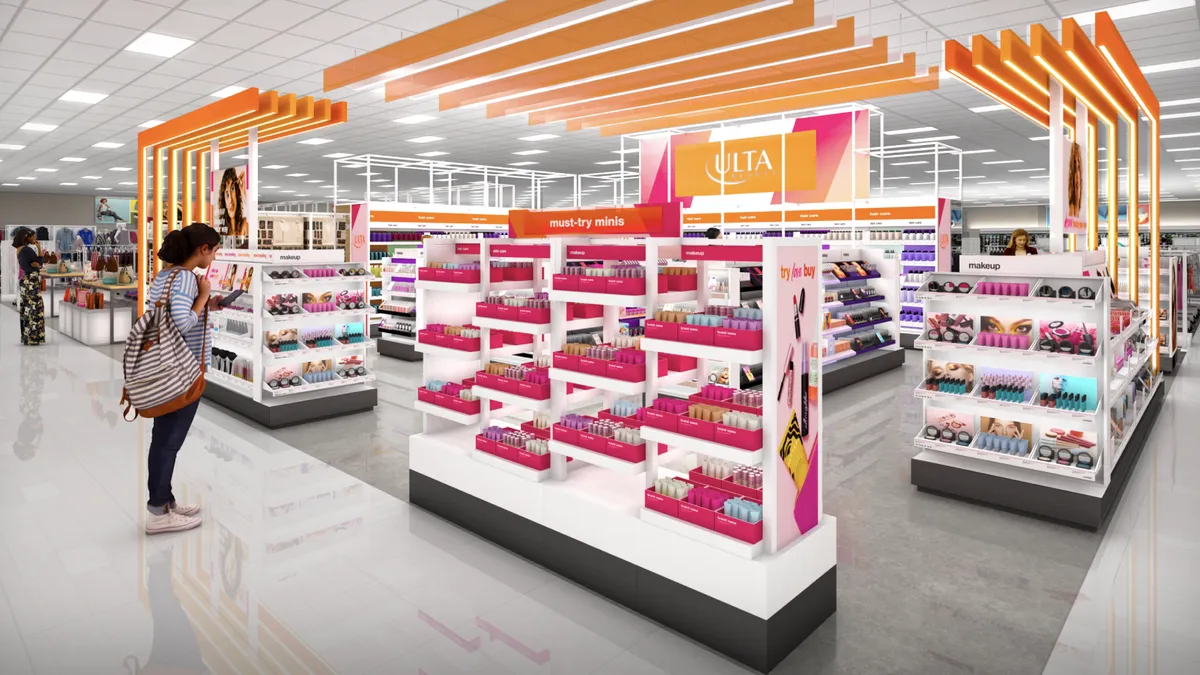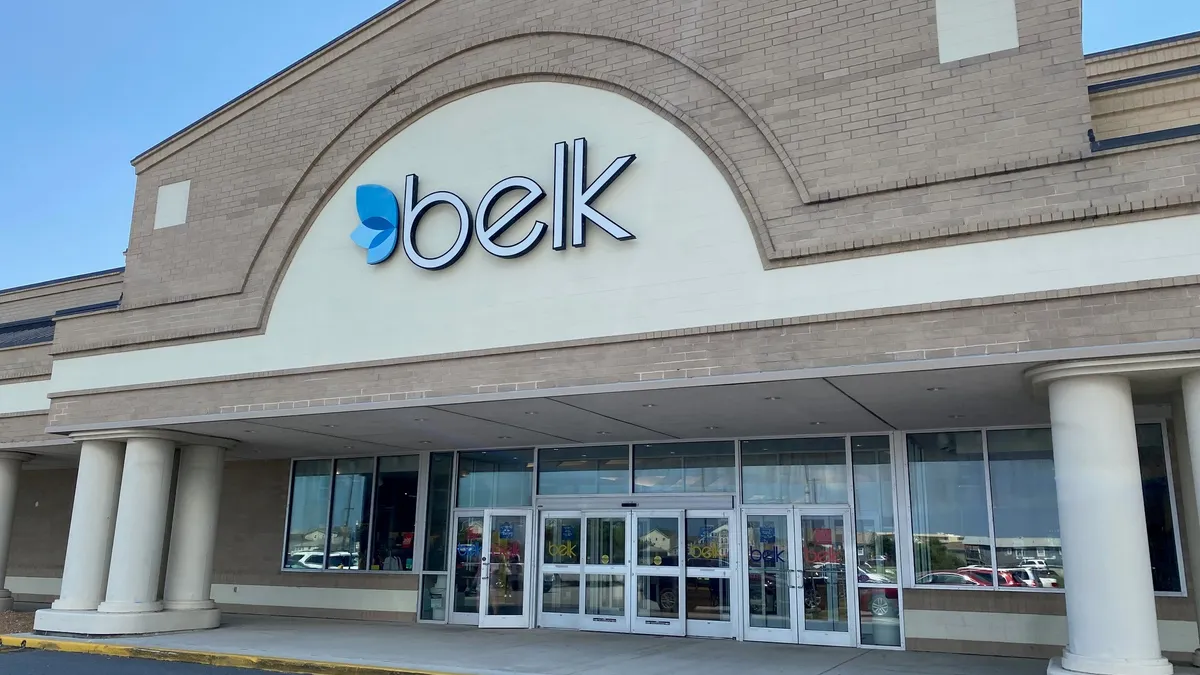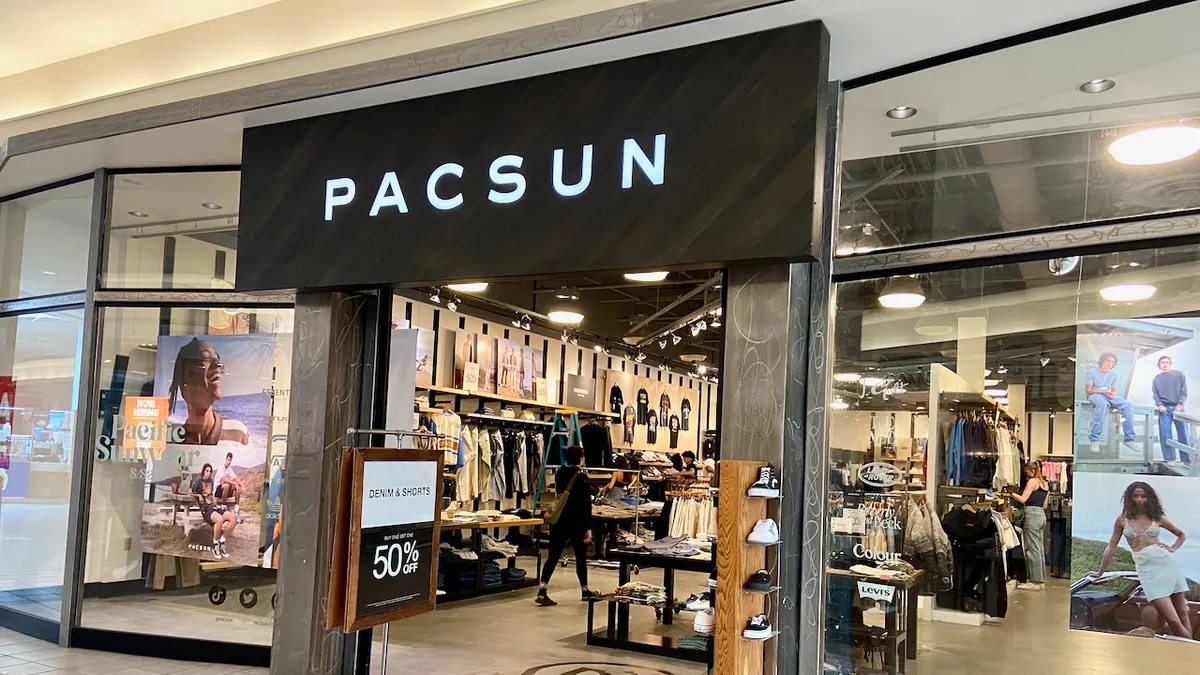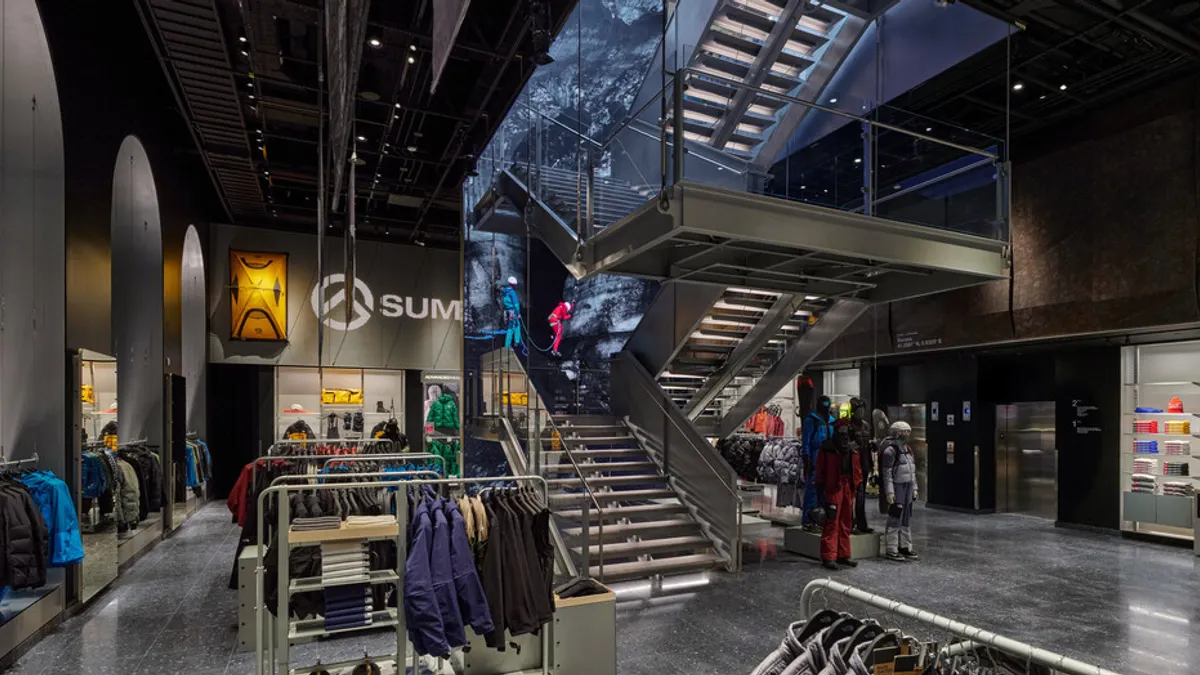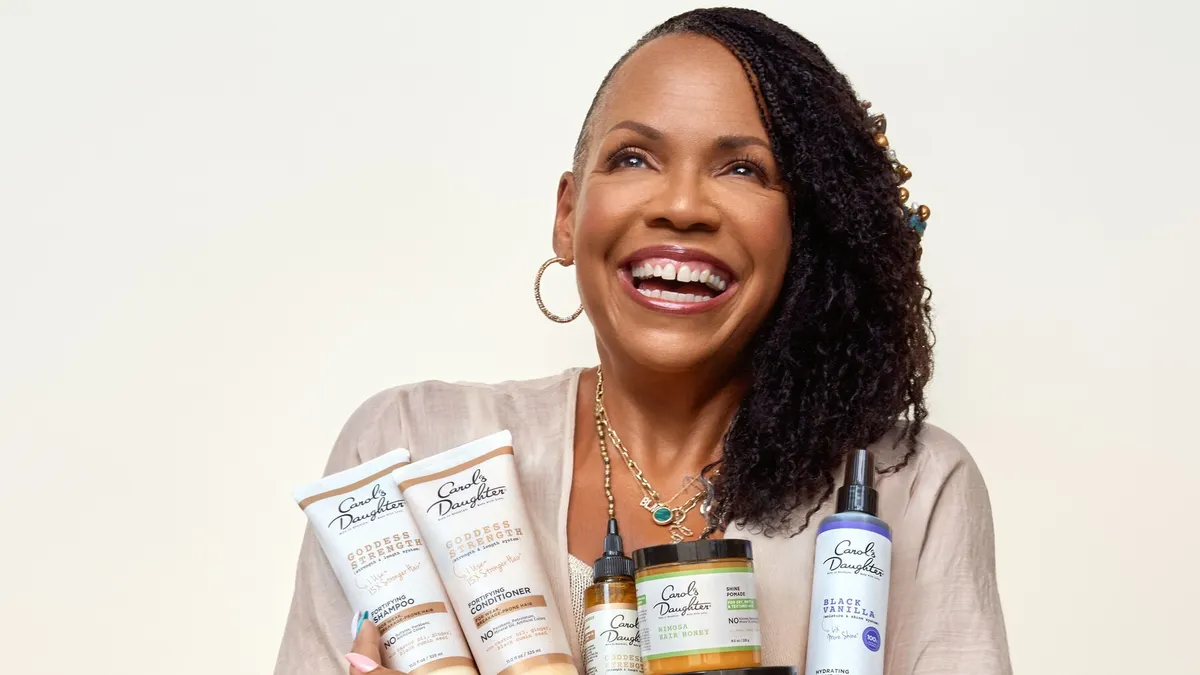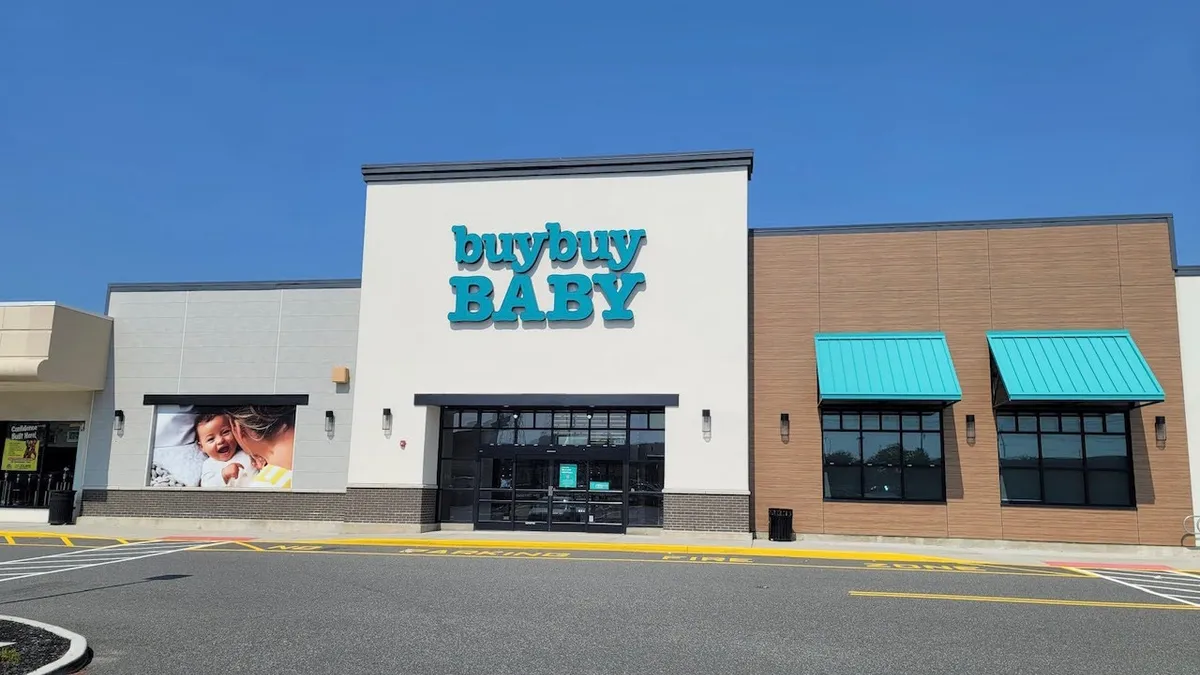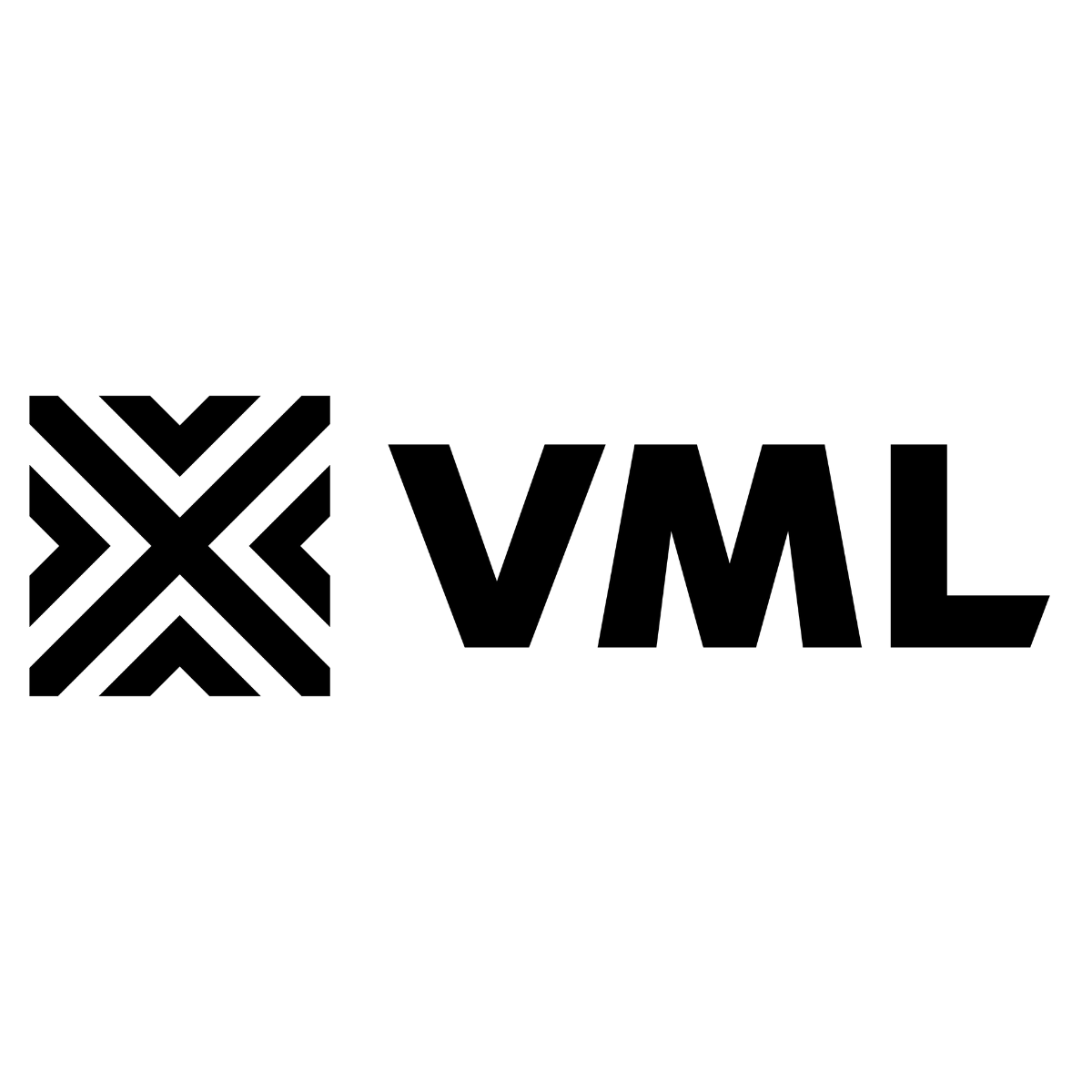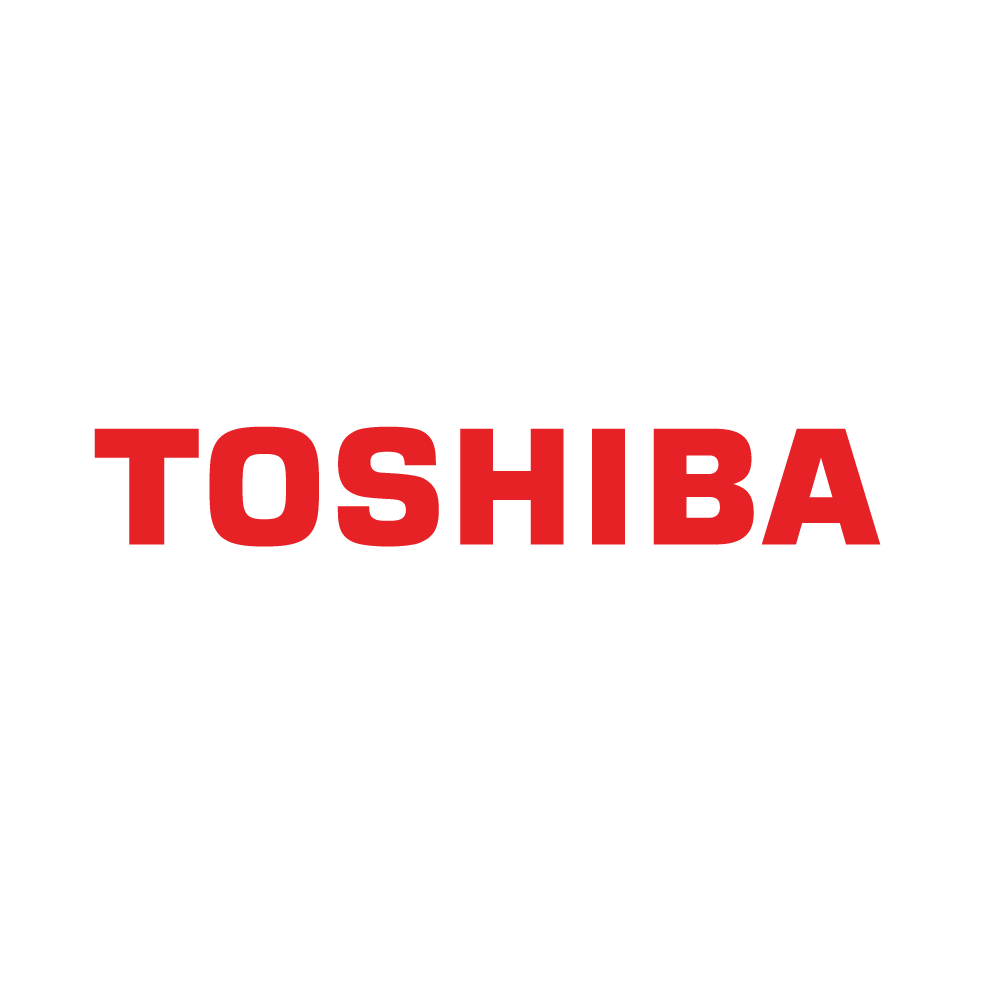"We are not complacent," CEO Dave Kimbell said Tuesday while discussing Ulta Beauty's growth plan with analysts.
And indeed, the beauty retailer has major plans for its business over the next few years. At the center of many of them are its stores.
As the beauty retailer aims for $10 billion in net sales by 2024, store growth will continue, with plans to expand its store footprint by 50 stores per year for the next three years. During much of the 2010s, Ulta opened around 100 stores per year, a part of what Kimbell described as Ulta's decade of rapid digital and store expansion. In those ten years, the retailer tripled its store count, with its footprint set to total over 1,300 by the end of this year.
Looking ahead, stores will continue to be a major source of investment for the retailer. Out of a planned $1.1 billion to $1.4 billion in capital expenditures for 2022 to 2024, over half (57%) is allocated to stores, between opening new stores and investments in the current fleet, Chief Financial Officer Scott Settersten outlined.
"We remain very confident in the central role of our stores and what role they play in our experience and we will strategically open new stores while investing in our existing fleet," Kimbell said during the presentation.
'We're always looking'
Those investments include speeding up BOPIS for the second half of the year so that all orders will be ready in two hours or less, and testing a same-day delivery pilot in time for the holidays. In addition to opening more of its core stores, though, Ulta also shared a glimpse into how it's viewing the brick-and-mortar experience in the future. Chief Operating Officer Kecia Steelman revealed plans for Ulta to test small formats in a "handful" of locations.
The vision, according to Steelman, is to debut a "5,000-square-foot Ulta Beauty store in smaller markets with a tailored assortment and services." Depending on how that goes, the retailer could scale the concept going forward.
If that sounds familiar, it's because it is.
Ulta tested a small-format strategy five years ago and ultimately decided to stick with its 10,000-square-foot format. Today, Steelman said, "the world has continued to evolve and change" and the beauty retailer once again sees possibilities in testing some smaller footprint locations, like many of its peers in the industry. Sephora in 2020 discussed its new vision for stores with Retail Dive as a 4,000-square-foot format focused in local neighborhoods and shopping centers rather than malls.
Ulta is thinking of something similar.
"We do believe that there are communities and guests that we can serve that we are not relating to or connecting with right now, outside of our 10,000-square-foot store or even our Ulta Beauty at Target partnership," Steelman said. "This format would be very different than even what you're seeing as the curated assortment at Ulta Beauty at Target. It's something that's new, it's different. It's looking at tailored services along with the best curation of the data and analytics that we've had to build the best merchandising assortment in these locations. So we do think it's really key and it's a white space that we can continue to drive not only new store growth but also this engagement with additional consumers that we're not reaching today."
Of course, Ulta is also trying to spread its reach to new customers through its partnership with Target. As Kimbell outlined to Retail Dive in November last year, the Target partnership gives Ulta the chance to reach a customer it doesn't already have, as well as build loyalty with current guests. While analysts expressed concern over the potential cannibalization of Ulta's Target partnership and its own stores, executives don't see it that way.
"It's a highly curated assortment that's in the Ulta Beauty at Target, so the thought is to really introduce a guest into Ulta Beauty at Target and bounce them right back to leverage their Ultamate rewards points to redeem at Ulta Beauty and also try our services and experience the whole Ulta Beauty store itself," Steelman said.
The retailer is continuing to invest in its core stores as well, in particular through building a "services hub" in new stores to test certain offerings and technologies. According to executives, service guests spend three times more than others.
International expansion of the core Ulta model was also put on hold last year as the pandemic rattled the industry. While the beauty retailer does not have any immediate plans to expand internationally, it's still on the radar for executives.
"We're always looking. We know this is a global category, we know that international represents future potential for Ulta Beauty," Kimbell said. "We're keeping a close eye on it, we'll continue to explore our options."
An 'expanded view of beauty'
Stores aren't the only things changing at Ulta.
The retailer on Tuesday revealed plans for what Chief Marketing Officer Shelley Haus called an "expanded view of beauty." What exactly does that mean? For Ulta, it means less of a reliance on makeup as a category, and a move to take advantage of the growing wellness category.
According to Ulta executives, customers are increasingly associating beauty and wellness with each other. As a result, Ulta launched "The Wellness Shop" in May in select stores and online to highlight offerings across a selection of categories. Ulta's view of wellness includes five key categories: everyday care, supplements and ingestibles, relax and renew, down there care and spa at home.
"Our focus is to bring a cohesive, meaningful platform across all channels to life that delivers on wellness needs in an impactful and accessible and approachable way," Chief Merchandising Officer Monica Arnaudo said Tuesday, noting further expansion into relevant categories could come down the line.
The shift comes as Ulta becomes less reliant on makeup as a category. While makeup accounted for 53% of Ulta's net sales in 2018, it now accounts for 44% as categories like skincare and haircare have grown.
However, makeup is still a critical category for Ulta, and according to executives it's finally showing signs of rebounding. After a long downcycle, the category in the first half of 2021 surged 51% at Ulta.
"Makeup is back," Arnaudo said.
As makeup makes its return, Ulta has its sights set on another driver of growth: increasing its customer base through a couple of key demographics. Gen Z, Hispanic and Black customers are the beauty retailer's central focus as it looks to expand its base.
The first, which is a target for most retailers, contains an outsized number of what Ulta calls "beauty enthusiasts." Compared to 60% of total female beauty buyers that are enthusiasts, 78% of female Gen Z members identify that way, Haus said. And while it can be hard to measure exactly how many Gen Z customers Ulta has — Haus noted that many are "hiding" in their parents' Ulta Beauty accounts — currently, Ulta says it has about one fifth of Gen Z's share of wallet.
That leaves plenty of room for growth, especially as Gen Zers are engaging with beauty about two years earlier than other generations, Ulta execs said.
But the retailer has one more growth tactic up its sleeve, which retailers as a whole have begun to embrace. Ulta is launching a media network, dubbed UB Media, to allow Ulta brands to advertise with its customers. The idea is that brands can receive Ulta's customer data, advertise across its channels, and all purchases will be driven back to Ulta.
The offering provides Ulta with another potential revenue stream, and allows it to monetize the customer data it already collects.
"Considering Ulta's treasure trove of data, finding a unique way to monetize that data is certainly a positive, on top of the fact that Ulta's position of strength in the US beauty market (7% market share) suggests brands might be willing to take part given the size of their partners," Wells Fargo analysts said in emailed comments.



